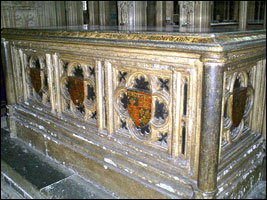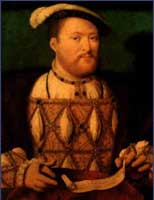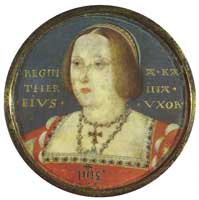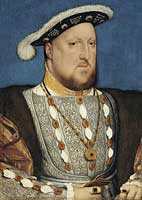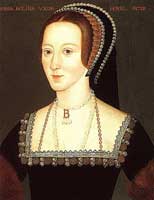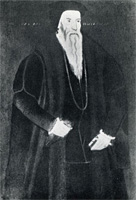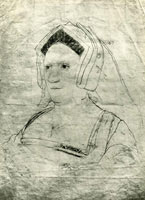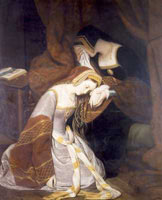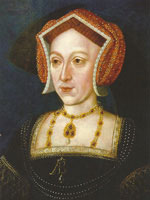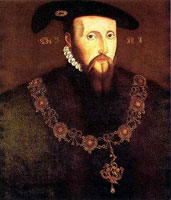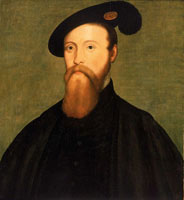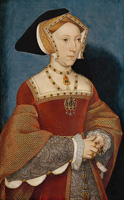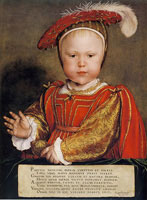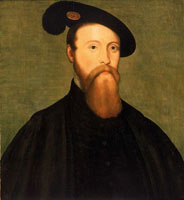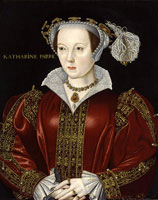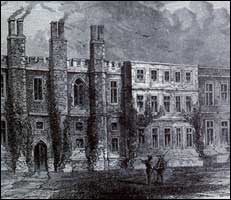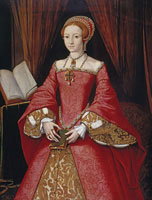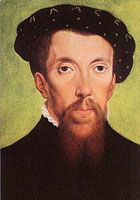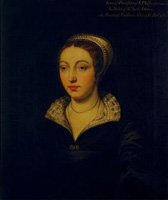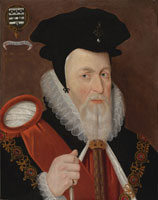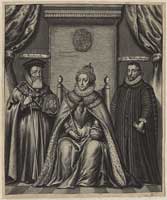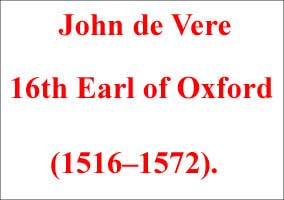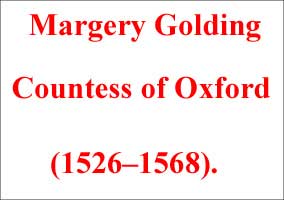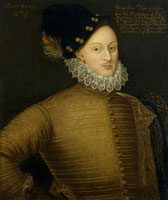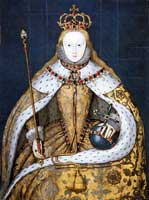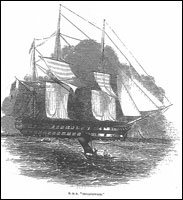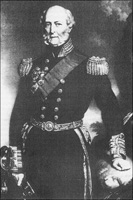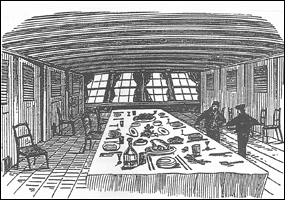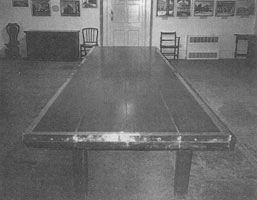"Bloody Mary" Tudor was the real virgin queen . . . and not Shake-peare! The marriage of Prince Arthur to Catherine was arranged by King Henry VII and Spanish monarchs Ferdinand and Isabella. It was an Anglo-Spanish alliance against England's perennial rival France....The marriage was not about love . . . but about producing heirs to the throne.
After the consumation of the marriage the bride and groom left together for Ludow Castle in Wales.
That marriage was considered incestrous by the Holy Bible, so a special dispensation was issued by Pope Alexander VI.
Hello
The daughter of Isabella I of Castile and Ferdinand II of Aragon, Catherine was three years old when she was betrothed to Arthur, Prince of Wales, heir apparent to the English throne. They married in 1501, but Arthur died five months later. She held the position of ambassador of the Aragonese Crown to England in 1507, the first female ambassador in European history.[1] Catherine subsequently married Arthur's younger brother, the recently ascended Henry VIII, in 1509. For six months in 1513, she served as regent of England while Henry VIII was in France. During that time the English won the Battle of Flodden, an event in which Catherine played an important part with an emotional speech about English courage.[2]
Henry II of France.
Charles V[a] (24 February 1500 – 21 September 1558) was Holy Roman Emperor and Archduke of Austria from 1519, King of Spain (Castile and Aragon) from 1516, and Lord of the Netherlands as titular Duke of Burgundy from 1506.
Then-15-year-old Catherine departed from A Coruña on 17 August 1501 and met Arthur on 4 November at Dogmersfield in Hampshire.[20][21][22] Little is known about their first impressions of each other, but Arthur did write to his parents-in-law that he would be "a true and loving husband" and told his parents that he was immensely happy to "behold the face of his lovely bride". The couple had corresponded in Latin, but found that they could not understand each other's spoken conversation, because they had learned different Latin pronunciations.[23] Ten days later, on 14 November 1501, they were married at Old St. Paul's Cathedral.[11] A dowry of 200,000 ducats had been agreed, and half was paid shortly after the marriage.[24]
Once married, Arthur was sent to Ludlow Castle on the borders of Wales to preside over the Council of Wales and the Marches, as was his duty as Prince of Wales, and his bride accompanied him. The couple stayed at Castle Lodge, Ludlow. A few months later, they both became ill, possibly with the sweating sickness, which was sweeping the area. Arthur died on 2 April 1502; 16-year-old Catherine recovered to find herself a widow.[
Arthur Tudor (19/20 September 1486 – 2 April 1502) was Prince of Wales, Earl of Chester and Duke of Cornwall. As the eldest son and heir apparent of Henry VII of England, Arthur was viewed by contemporaries as the great hope of the newly established House of Tudor. His mother, Elizabeth of York, was the daughter of Edward IV, and his birth cemented the union between the House of Tudor and the House of York. The daughter of Isabella I of Castile and Ferdinand II of Aragon, Catherine was three years old when she was betrothed to Arthur, Prince of Wales, heir apparent to the English throne. They married in 1501, but Arthur died five months later. She held the position of ambassador of the Aragonese Crown to England in 1507, the first female ambassador in European history.[1] Catherine subsequently married Arthur's younger brother, the recently ascended Henry VIII, in 1509. For six months in 1513, she served as regent of England while Henry VIII was in France. During that time the English won the Battle of Flodden, an event in which Catherine played an important part with an emotional speech about English courage.[2] Plans for Arthur's marriage began before his third birthday; he was installed as Prince of Wales two years later. At the age of eleven, he was formally betrothed to Catherine of Aragon, a daughter of the powerful Catholic Monarchs in Spain, in an effort to forge an Anglo-Spanish alliance against France. Arthur was well educated and, contrary to some modern belief, was in good health for the majority of his life. Soon after his marriage to Catherine in 1501, the couple took up residence at Ludlow Castle in Shropshire, where Arthur died six months later of an unknown ailment. Catherine later firmly stated that the marriage had not been consummated.
All the children that Henry and Catherine had together died in infancy, except for a girl, Mary. Henry was very concerned with the perpetuation of the Tudor dynasty, and his male subjects did not consider it proper for England to be ruled by a female: Daughters were of no use to the King. It was seen as against the laws of God and Nature for a woman to hold dominion over men, and so far England's only example of a female ruler had been the Empress Matilda, who briefly emerged triumphant from her civil war with King Stephen in 1141 and seized London. Yet so haughty and autocratic was she that the citizens speedily sent her packing, never to regain control of the kingdom. The whole disastrous episode merely served to underline the prevailing male view that women were not fit to rule. (Weir, The Lady in the Tower, p. 12). Altogether, the couple had 7 children, with only 1 survivor, a daughter named Mary. In desperation, King Henry turned to the Bible for an answer to his "cursed marriage." Here is the Scripture he found:
What that Scripture is saying is: "do not commit incest or have sexual relations with your brother's wife." Henry decided to divorce Catherine and seek another queen who would give him a male heir. Queen Anne Boleyn–the English Queen Esther!!At his critical hour in world history, our Great JEHOVAH had a secret agent to rescue Henry from his unscriptural marriage and divorce England from Papal domination. Her name was Anne Boleyn and she was beautiful . . . and brainy. In 1521, Anne Boleyn returned from a 5-year-stay at the French Court . . . burning with zeal to rescue her nation from Papal darkness. The one story in the Hebrew Old Covenant that mirrors the story of Queen Anne Boleyn is found in the Book of Esther. According to that history, the Persian emperor Ahasuerus (Xerxes) had a quarrel with his wife, Queen Vashti. The Persian Emperor decided to divorce his queen and look for another wife. To find a new wife, he held a beauty pagent throughout the entire Persian empire and the most beautiful maiden was chosen as his wife. Her name was Esther and she was a real Jew:
After becoming the wife of the king, Queen Esther was used by JEHOVAH to spoil a plot by the devil to kill all the Jews in the Persian empire. It was a most perilous time for the real Jews, who were threatened with extinction by a man named Haman. Queen Esther was advised by Mordecai to boldly go before the king and plead for the life of her people:
Like her Old Covenant counterpart Queen Esther, Queen Anne risked her life to tell Henry the good news of the Gospel of Christ. Cardinal Wolsey and Sir Thomas More were Haman-like characters, and her bitter enemy, as she sought to introduce the Reformation into England. Anne first caught Henry's eye in 1523, when she returned from France, and became a lady-in-waiting at his Court. Henry was promiscuous, and tried to make Anne his mistress, but the virtuous maiden refused his advances, and stated that she would only have sex with her husband. Her refusal did not deter Henry, and he began the process to have his marriage to Catherine annulled, in order to make Anne his wife.
Queen Anne's survival at the court of King Henry demanded that she produce a male heir. Her first baby was a girl named Elizabeth:
The royal doctors that attended King Henry made sure that Queen Anne never gave birth to a male heir. This, plus her unequivocal support for the Reformation, led to her downfall and beheading. The sinister Seymours engineered the downfall of Anne Boleyn!!Sir John Seymour and Margary Wentworth were the parents of Henry's third wife, Jane Seymour. They were fanatical adherents to the "old religion" as they called it; they despised Anne Boleyn, and bitterly lamented the Suppression of the Monasteries . . . with their 700,000 deadly sins!!
Queen Anne Boleyn was accused of the most outrageous crimes: incest with her brother, scheming to poison the king, adultery with all the men in her court:
Then, as now, the more outrageous the lies, the more people will believe them!
Here is a small sample of the poetry of Queen Anne Boleyn, written when she was in the Tower, awaiting her execution by beheading:
Henry's love letters to Anne Boleyn are in the Secret Archives of the Vatican, so perhaps the rest of the works of this prolific poet are also there. Jane Seymour supplanted Anne Boleyn as queen!!Immediately after the beheading of Anne Boleyn, Henry wed Jane Seymour. The sinister Seymours were one of the most powerful families in England . They considered that they had as much right to the throne as the Tudors. The Seymours were a prolific family, having 10 children, with 6 surviving.
King Henry married plain Jane Seymour on June 30, 1539. She quickly became pregnant . . . but died in childbirth while giving birth to a son.
After the death of King Henry in 1548. a tug of war developed between the 2 Seymours for control of Edward Tudor. One of the many fatal flaws in the monarchial system is the fact that a child can inherit the throne:
Edward Tudor was a child prodigy; he was called the English "King Josiah" and would have finished the Reformation so nobly begun by Queen Anne. The young king, with so much promise, died of poisoning when he was just 15 years old!! Thomas Seymour seduced 14-year-old Elizabeth Tudor!!After the death of King Henry in 1547, Admiral Thomas Seymour married Catherine Parr—widow of King Henry VIII.
Elizabeth Tudor was invited to live with them in Chelsea Manor House, London. Admiral Thomas Seymour was 39 when he married the king's widow. He moved into Chelsea Manor House, which was given to Catherine Parr as a wedding present by the late king. Then the Seymours invited the future Queen Elizabeth I to live with them. Here is what happened next:
When Catherine became pregnant and could not watch them carefully, he threw off all restraint:
Elizabeth became pregnant in Chelsea Manor House, London.
When it became obvious that Elizabeth was pregnant, she was moved to the country home of Sir Anthony Denny and his wife, Joan Champernowne.
The cunning and powerful Seymour family protected Elizabeth. The front man for operation "Virgin Queen" was Sir William Cecil, later named Lord Burghley. Edward de Vere was the firstborn of Elizabeth Tudor!!The baby boy who was born to Elizabeth in late 1549 was "adopted" by the powerful Counter-Reformation Earls of Oxford. The "adoption" was facilitated by Sir William Cecil, who later became the puppetmaster for Queen Elizabeth.
When Elizabeth finally became queen in 1558, Sir William Cecil became her chief advisor. Elizabeth could do anything she wanted provided she cooperated with Cecil and the Seymours.
After the birth of her son, Elizabeth returned to London to answer questions about her relationship with Thomas Seymour. The Lord Protector, Edward Seymour, knew all about the birth but he kept it a secret. His brother Thomas was sent to the block and beheaded for trying to abduct King Edward. Supposedly, the boy king's dog barked and foiled the attempt!! With the help of William Cecil, Elisabeth survived the reign of her sister Bloody Mary, and was crowned queen on November 17, 1558.
Edward trained as a lawyer at the Inns of Court and it could be truly said that he was a polymath and a true Renaissance man. Edward was fluent in French, Italian, Spanish, Latin, Greek, and possibly Hebrew. Since the 1920s he has been the most popular alternative candidate proposed for the authorship of "Shake-speare's" works. Elizabeth was also a brilliant intellectual, having inherited her mother's brains . . . but her father's promiscuousness. Admiral Seymour tried to steal California from the New Jerusalem!!It would take volumes to catalog the crimes of the sinister Seymour dynasty. In July 1846, the British Pacific Squadron, commanded by Admiral Sir George Seymour, lay waiting to seize California from the United States.
Momentous events, that would shape the world until the end of time, were planned right on that ship. If the United States lost California, that would have meant the end of the experiment in popular government.
Here is a brief quote about that history changing event:
And what a race it was to keep California out of the hands of the sinister Seymours and their British Empire. The Seymours and the Spencers!!The Seymour dynasty continues right down to 2014....In 1615, Lord Spencer married Penelope Wriothesley, daughter of Henry Wriothesley, 3rd Earl of Southampton. Here is a quote from Wikipedia:
Lady Diana Spencer, the mother of Prince William and Prince Harry, was a descendent of Lord Spencer:
References Denny, Joanna. Anne Boleyn: A New Life of England's Tragic Queen. De Capo Press, New York, 2004. Frémont John Charles. Memoirs of My Life. Cooper Square Press, New York, 2001. (First published in 1886). Fox, John. Macnamara's Irish Colony and the United States Taking of California in 1846. McFarland & Co., Pub., Jefferson, North Carolina, and London, 2000. Furdell, Elizabeth Lane. The Royal Doctors 1485–1714. Medical Personnel at the Tudor and Stuart Courts. University of Rochester Press, 2001. Jones, Philippa. Elizabeth: Virgin Queen? Metro Books, New York, 2011. Streitz, Paul. Oxford: Son of Queen Elizabeth. Oxford Institute Press. Darien, CT. 2001. Weir, Alison. The Lady in the Tower: The Fall of Anne Boleyn. Ballantine Books, New York, 2011. Vital links Copyright © 2014 by Patrick Scrivener
|
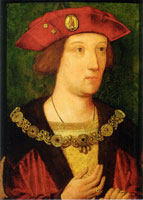
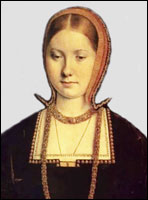
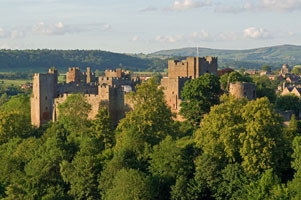 Ludlow Castle in Wales where the
Ludlow Castle in Wales where the 